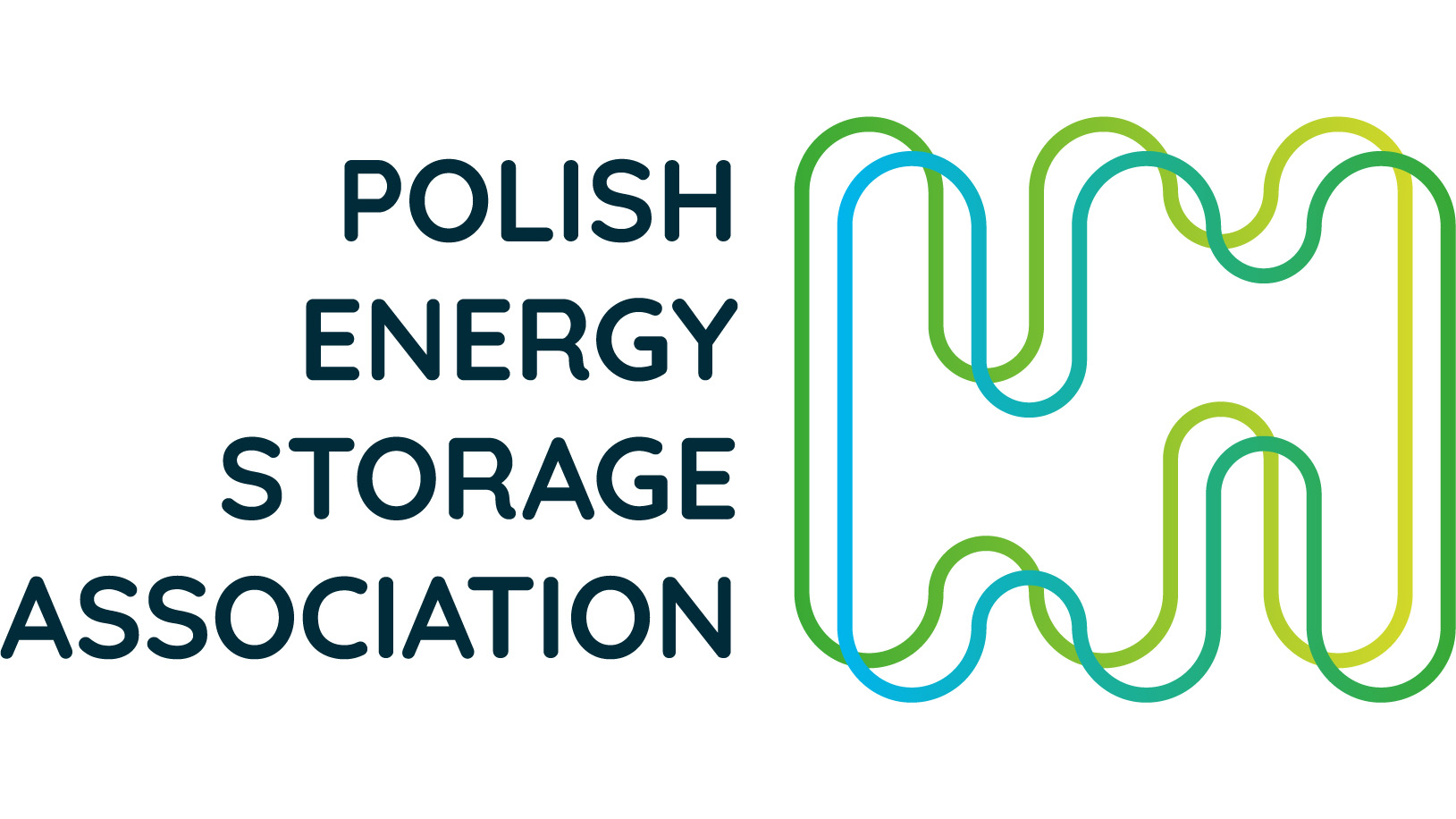
The Continental Europe Synchronous Area (CESA) is the largest interconnected grid in the world. With the Baltics recently decoupling from the Belorussian grid to Continental Europe, what change has been experienced here and what role did Energy Storage have to play? As the continued buildout of renewables continues, this opening keynote session looks at the macro-level picture of energy storage, and how Europe can come together as one.
Entering its final year, the Capacity Market Auctions have been widely regarded successful in creating the foundation of Poland’s energy storage market, and positioning Poland as the leader in the region. In the most recent auction, BESS won 50% more projects than in 2024, up to 2.5GW from 1.7GW. Despite this, there are concerns that gas is being given another chance – so where do we go from here?
Opening up our Financing & New Markets stream, we have a panel battle for the first time!
This session takes 4 investors, all with competing views on their appetites for ‘new markets’. Who do you side with, and will you be swayed?
This will take a debate format, as each panelist has their view on which market is hottest, and our audience will vote for their winner of the first ever Panel Battle!
Poland is seen as one of the most established markets in the whole of the Central Eastern Europe Region. With 7GW expected online by 2030, and the first projects from the Capacity Market Auction marked for 2027, what are the biggest developments + obstacles right now in the Polish market?
On 8th February 2025, Estonia, Latvia, and Lithuania in synchonsiation, decoupled from the Brell power grid with Russia, and successfully connected to EU’s network. How does the Baltics future plans, enable long-term market viability?
With BESS going from strength to strength across Central Eastern Europe, with many projects reaching financial close, awarded subsidies, and beginning construction, what are the biggest challenges to deployment? Developers have suggested connection queues as the #1 biggest hindrance to the deployment of BESS, with reports of some projects taking up to 450 days to be granted access.
Whilst large subsidies and government support schemes are available, not everyone will have access to these and not every scheme will fully support the storage project. As we are seeing markets mature and develop, what are the hottest new revenue streams to consider, and how can these make a viable case for energy storage?
55% of the large-scale energy storage installations between 2021 and 2030 will take place on co-located sites. What are the opportunities and challenges presented by co-location? Bringing hybridisation in can bridge the gap between generation and utilization and offer a competitive advantage for energy storage.
Romania has set some of the most ambitious targets for storage in the region, targeting 2.5GW of energy storage operating by the end of 2025, and up to 5GW total in 2026. With a wealth of subsidy schemes, funds and investors looking to the region, where is the opportunity in Romania and why should you be considering it?
For a first time, we are bringing the Battery Time Capsules to the Energy Storage Summit Central Eastern Europe. As our final session of Day One, this session will take the form of networking roundtables.
Each table represents a European Market and will have a representative market host. On the table, will be two envelopes, with pen and paper and the participants will be tasked with writing down 3 predictions for each market, for 2026 and 2028 respectively:
This will then be signed & sealed, to be opened in one and three years’ time at the 2026/2028 editions, and the predictions will then be matched with reality – how close will your market table be to the predictions?
Panel Information:
Moderator – Magdalena Statucka, Cooperation Manager, PESA
Roundtable Representatives:

One of the biggest obstacles to deployment and the buildout of BESS, is the lack of regulation and recognition for batteries. With the industry keen to see actualised projects come to fruition, the time for speculation is over. What can be done industry-wide to open markets through regulation?
• Batteries are often mis-classified legally as single use, or treated akin to a warehouse; how much is this hampering the industry?
• What regulation does the industry want to see?
• To reach long term renewable deployment plans, what needs to change for BESS to become viable?
Once viewed as an immature market and surrounded by uncertainty, it is clear now that energy storage is not only vital to the net-zero transmission, but it is also here to stay. This Day Two keynote panel looks at banks perspectives on storage, and what role they see themselves having to play. How comfortable are they with risk?
What burning questions do you have about Energy Storage and the Central Eastern European region? Whether it is about the investor perspective, revenues, deployments, hot new markets, this session will reveal all!
Join us on this panel of world-class speakers and market experts, for an interactive Q&A Session with the audience!
Considered one of the hottest markets of 2025, this panel looks at the opportunities presented in the market, which countries are hottest, and why can’t you afford to miss out on the opportunity?
Ukraine has undergone tumultuous development over the past few years. There is now a clear path emerging for Ukraine in terms of energy storage, and the potential for it to become a powerhouse for renewables over the coming years. This panel looks at exactly that, how can energy storage shape the Ukrainian renewable market?
With subsidies not covering 100% of energy storage projects, developers are having to look further afield to create viable financial structures. This session includes investors and developers alike, who are navigating this field and showcases their experience and approach to the market.
